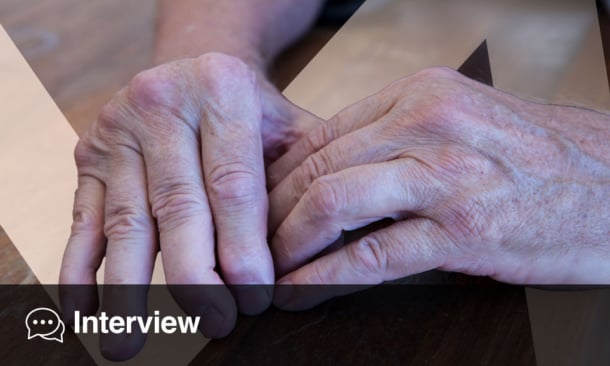A NEW study sheds light on how generalised joint hypermobility (GJH) affects strength, proprioception, and functional performance, challenging assumptions about weakness and instability in people with highly flexible joints.
Researchers evaluated 83 healthy adults to explore whether higher Beighton scores, a common measure of joint hypermobility, were associated with changes in grip strength, joint position sense, and upper- and lower-extremity stability. Participants were divided into two groups: 46 classified as hypermobile (Beighton 4–9) and 37 non-hypermobile (Beighton 0–3).
Correlation Between Beighton Scores and Strength in Patients with Joint Hypermobility
The most striking finding was that hypermobile individuals showed significantly poorer proprioception, specifically at the elbow and knee, compared with their non-hypermobile counterparts. Deficits were observed across multiple joint angles, suggesting that increased range of motion may compromise the sensory feedback needed for precise joint positioning.
However, contrary to common belief, hypermobility did not translate into weaker grip strength or diminished performance on upper- and lower-extremity stability tests such as the Closed Kinetic Chain Upper Extremity Stability Test (CKCUEST) and its lower-limb counterpart (CKCLEST). The authors suggest that individuals with GJH may rely on compensatory neuromuscular strategies that help preserve functional stability despite proprioceptive challenges.
Interestingly, within the hypermobile group, higher Beighton scores were positively correlated with both grip strength and proprioceptive accuracy at certain angles (30° and 60°). Correlation coefficients ranged from 0.422 to 0.674, indicating a moderate to strong relationship. This counterintuitive result may reflect adaptive changes in people who frequently operate at the limits of their joint range, potentially enhancing strength in specific tasks.
Implications for Training and Rehabilitation in Patients with Joint Hypermobility
Overall, the research highlights an important clinical nuance: while GJH is associated with measurable proprioceptive deficits, it does not inherently reduce functional performance. The authors argue that this highlights the value of targeted neuromuscular and proprioceptive training rather than generalized strengthening alone for individuals with joint hypermobility.
As hypermobility becomes more widely recognised in both athletic and general populations, these findings provide timely insight for clinicians, trainers and therapists seeking to tailor interventions for patients with flexible joints, helping to enhance motor control without undermining the advantages conferred by greater mobility.
Reference
Akaras E et al. The effects of joint hypermobility on strength, proprioception, and functional performance. Sci Rep. 2025;15:40529.








